If you're like me, then you can relate to how annoying the aftermath of hair removal can be. Whether you're a fan of waxing, shaving, sugaring, or using hair removal creams — tackling anything along the lines of ingrown hairs, irritation, bumps, or razor burn is no easy feat.
Personally, my hair removal of choice is waxing. Over the years, I've tried one too many products to try to heal any irritation or ingrown hairs I typically get in certain areas after a wax.
It's been a lot of trial and error, money spent, and way too many hours trying to research this topic on my own throughout the years, so I figured now is the time that I learn the facts about hair removal by speaking to a few experts. They are:
• Dr. Sherry L. H. Maragh, MD, MBA of Advanced Dermatology and Cosmetic Surgery
• Dr. Luigi L. Polla, founder of Forever Institute and Alchimie Forever
• Dr. Jefferey Hsu, M.D., FAAD, founder of Oak Dermatology
• Dr. Michele Green, M.D., cosmetic dermatologist
• Tami Blake, licensed esthetician and founder of Sweet + True and Free + True
Before I dive in, it's important to know what actually causes ingrown hairs, irritation, and bumps.
"Some people are more prone to develop ingrown hairs due to their hair type," Dr. Sherry L. H. Maragh told BuzzFeed. "People with curly hair or hair that is coarse in texture are more likely to develop ingrown hairs than those with straight or fine hair."
"Irritation and bumps are caused after hair removal when the hairs try to grow out through the follicle but they become trapped due to dead skin clogging the pore or the thick curly, coarse hair coiling back on itself," Dr. Maragh said. "When the hair becomes trapped, it causes inflammation in the follicle and leads to bumps."
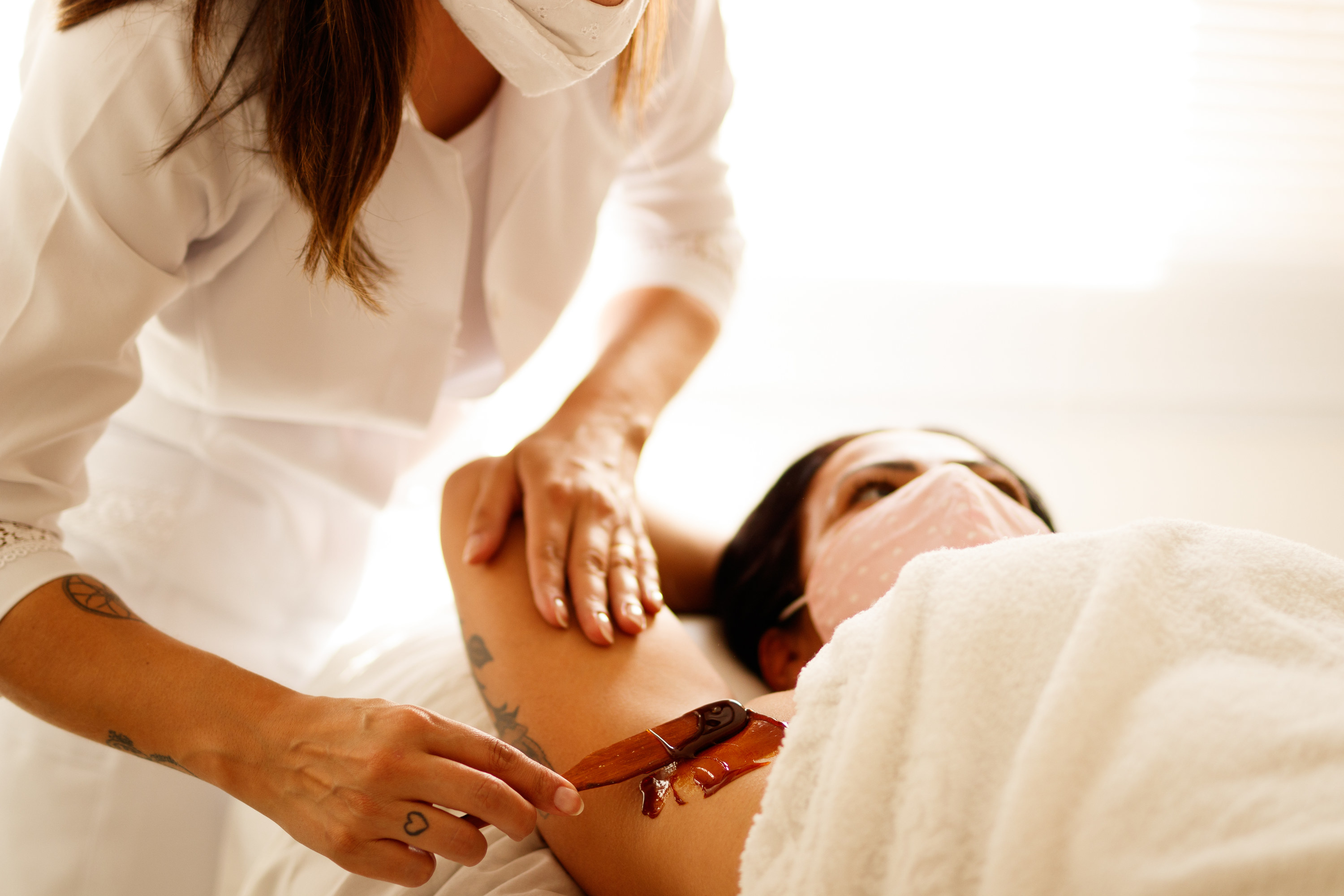
With that being said, here is some expert-approved advice for how to care for your skin pre– and post–hair removal and what to do when pesky ingrowns, irritation, bumps, or razor burn pops up.
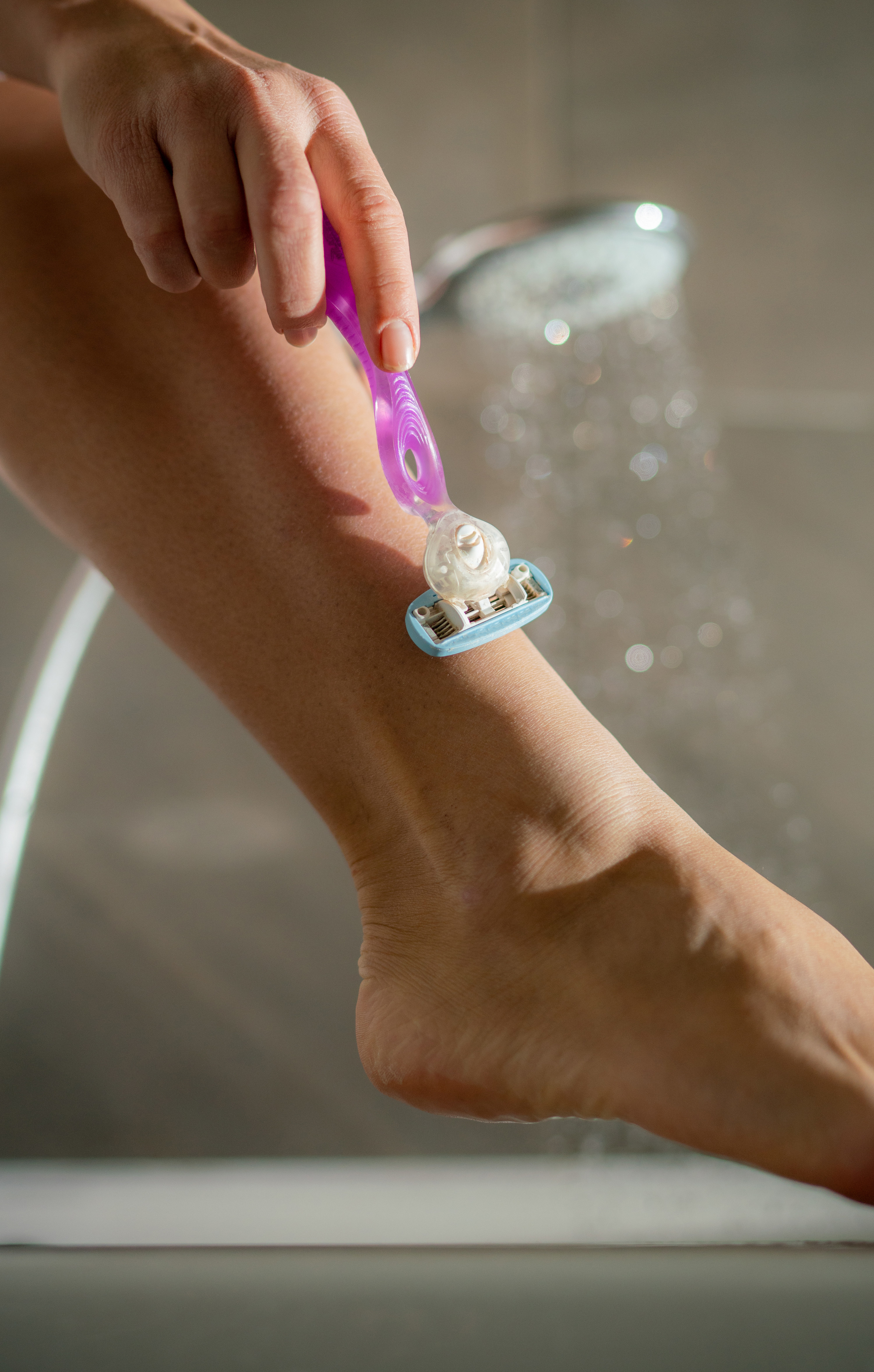
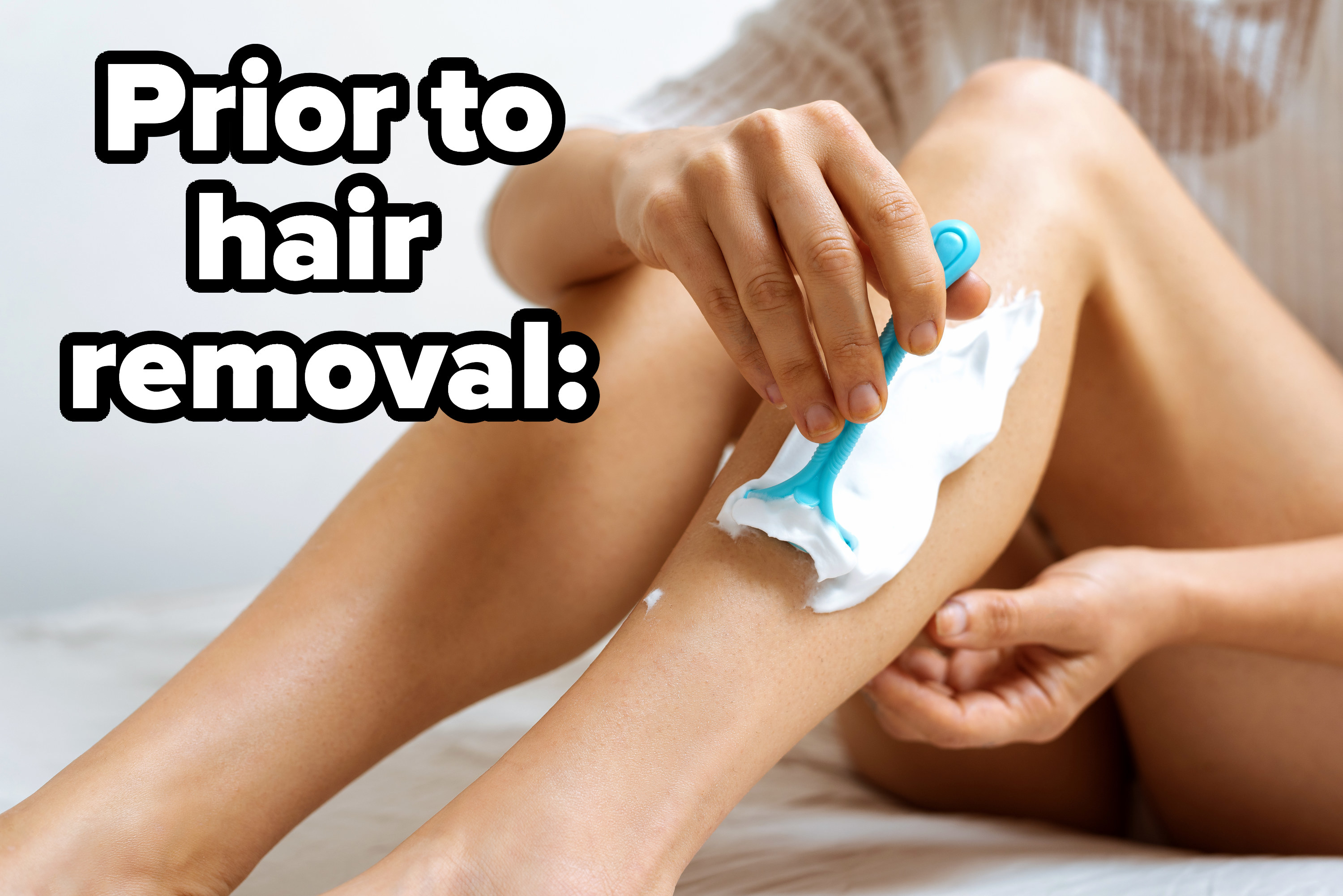
1. Pay attention to how your skin is behaving prior to hair removal.
"It's important to make sure that the skin is healthy and clear of any open sores, scabs, or rashes," said Dr. Maragh. Trying to use any form of hair removal method on irritated skin can lead to a slew of problems and infections.
2. Make sure to read the instructions and ingredient list before using a hair removal cream.
"Hair removal creams can cause bumps but to a lesser degree than waxing or shaving," Dr. Michele Green told BuzzFeed.
"However, they are more likely to cause skin irritation since they are made of strong chemicals that not only dissolve your hair follicles but can also cause burning, stinging, rashes, and even chemical burns when left on for too long or used improperly," she said.
3. When shaving, make sure to warm up the skin before you take a razor to it.
"Warming up the skin helps open up the hair follicles and softens the keratin plugs," Dr. Luigi L. Polla told BuzzFeed. An easy way to do this is by taking a warm washcloth and holding it to the area prior to shaving it or taking a warm shower beforehand.
"Applying a shaving cream or even a hair conditioner is also super important after the skin is warmed up, because pre-shave hydration is key for an even, clean shave," he said.
4. Make sure the area you're about to remove hair from is clean.
"The skin should be freshly cleaned and free of all makeup, lotions, creams, and self-tanning products," Dr. Maragh told BuzzFeed. Excess oil and dead skin cells can easily clog your razor blade or prevent the wax or cream from fully clinging to the unwanted hair.
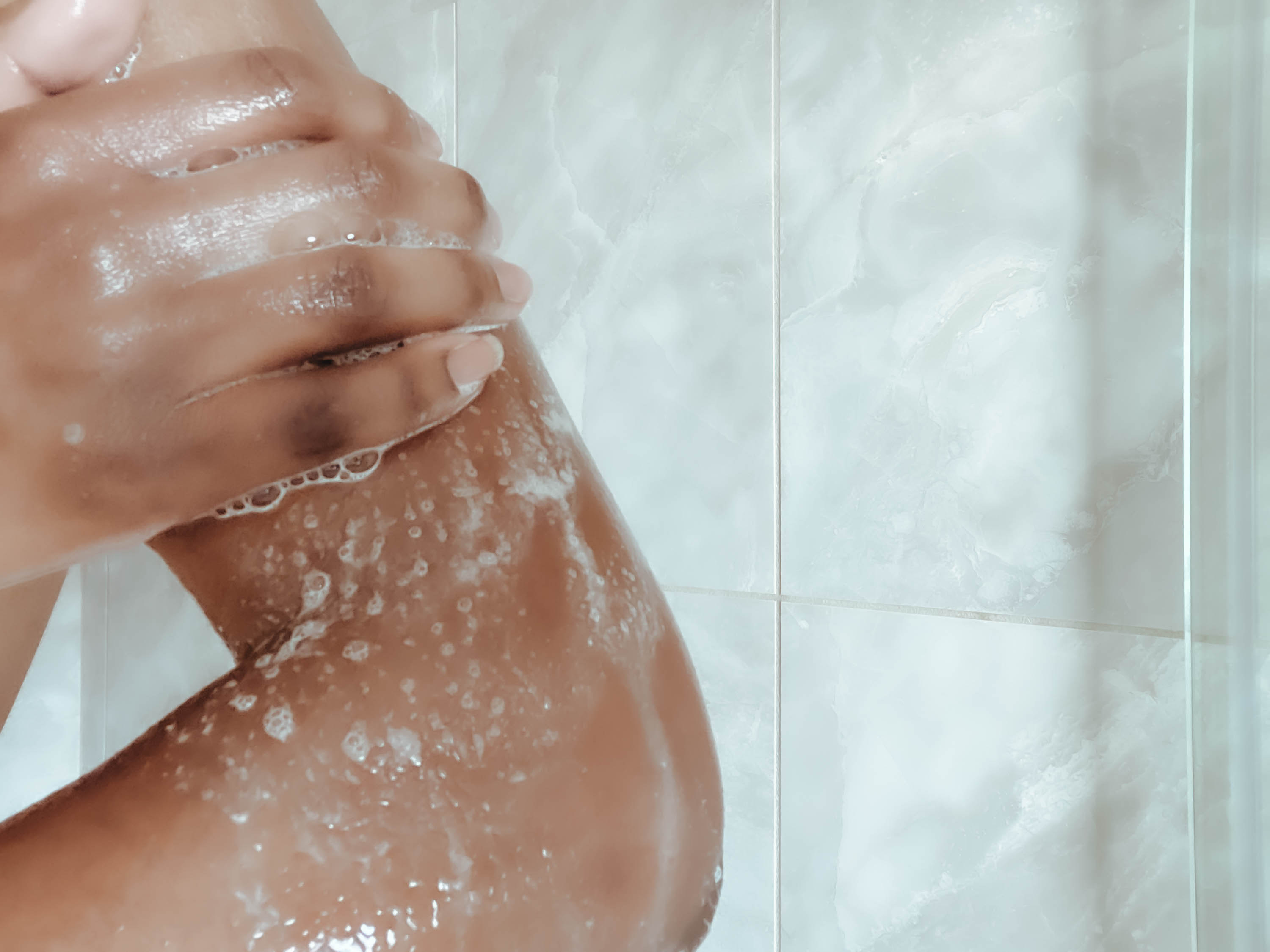
5. If you exfoliate before removing the hair, make sure to do it gently a few days prior.
"Avoid using overly harsh, abrasive scrubs or exfoliants 24 to 48 hours before treatment," said Dr. Maragh.
Gently exfoliating the area with a washcloth or gentle scrub a few days prior helps remove dead skin for an even shave or wax, but using anything too harsh during that time can leave skin irritated and sensitive to pain.
6. Ditch your retinol or retinoid products before hair removal.
Dr. Maragh said it's crucial to avoid using over-the-counter products that contain retinol or prescription medications that contain retinoids for three to five days before the area is treated. Retinol is a popular anti-aging skincare ingredient that increases skin sensitivity and can cause the wax to rip the skin off deeper than it should.

7. If you're shaving your bikini or pubic area, look for a specific type of shaving cream or gel.
"It's important to look for creams or gels that are meant for sensitive skin to use when shaving bikini or pubic areas," Dr. Jeffrey Hsu said. This area of the body is delicate, so it needs extra care, especially with the type of products being used down there.
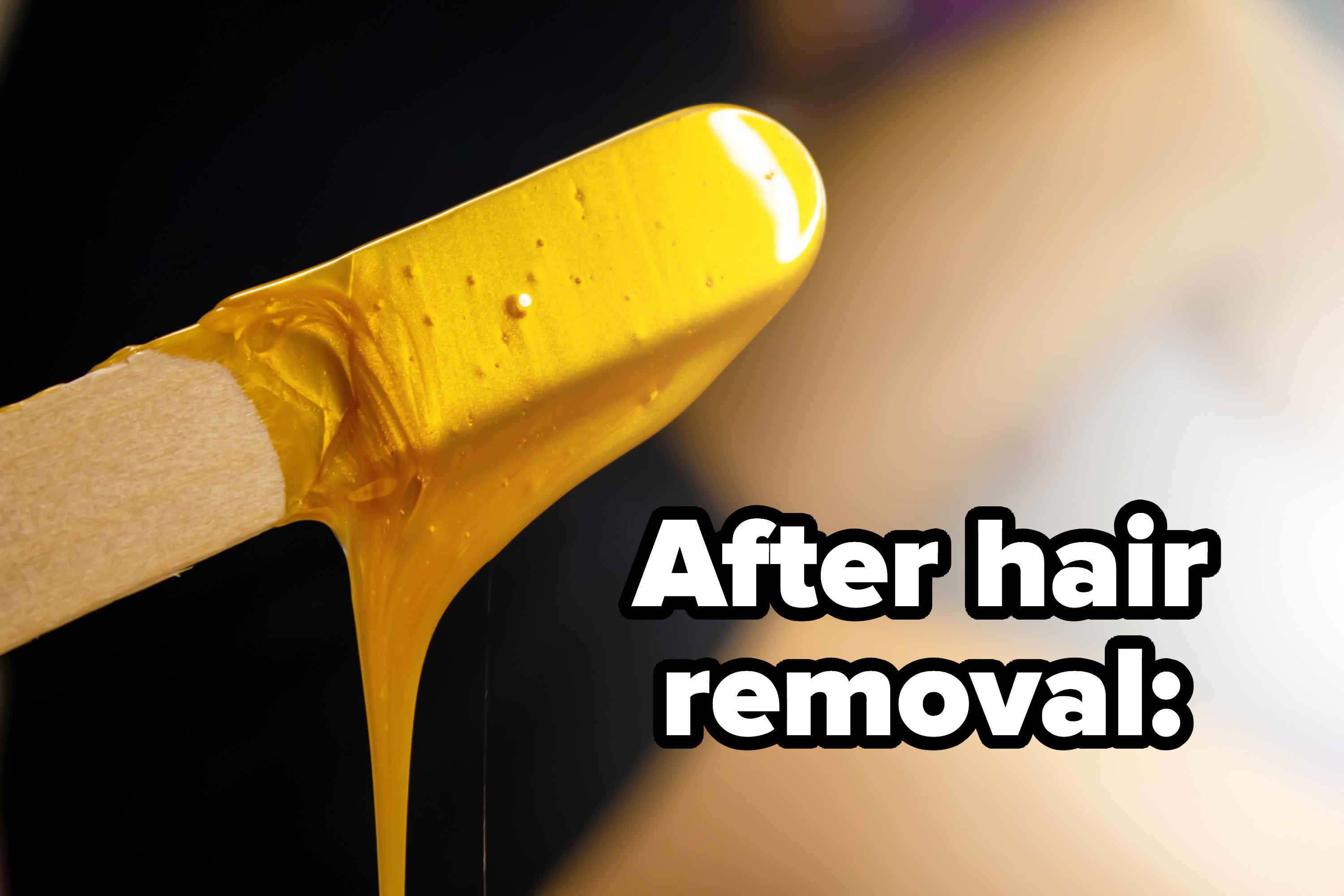
8. You should avoid direct sun exposure to the treatment area or at least apply sunscreen with an SPF 30 or higher.
Dr. Maragh advises against people going directly in the sun after removing hair, because if UV rays hit your skin too soon after, it can traumatize and potentially burn new skin.

9. If you are prone to irritation after hair removal, use an anti-inflammatory product in that area.
Dr. Polla said to use an anti-inflammatory product as a preventative measure for any possible inflammation or swelling right after the hair was removed. Hydrocortisone cream will help the area, as well as products containing tea tree oil.
10. Acne medication is another helpful product to put on the irritated area after hair removal.
"If the affected areas are inflamed or red, use an acne medication that has benzoyl peroxide as an active ingredient. That will help reduce the swelling and bring down the redness," said Dr. Hsu.
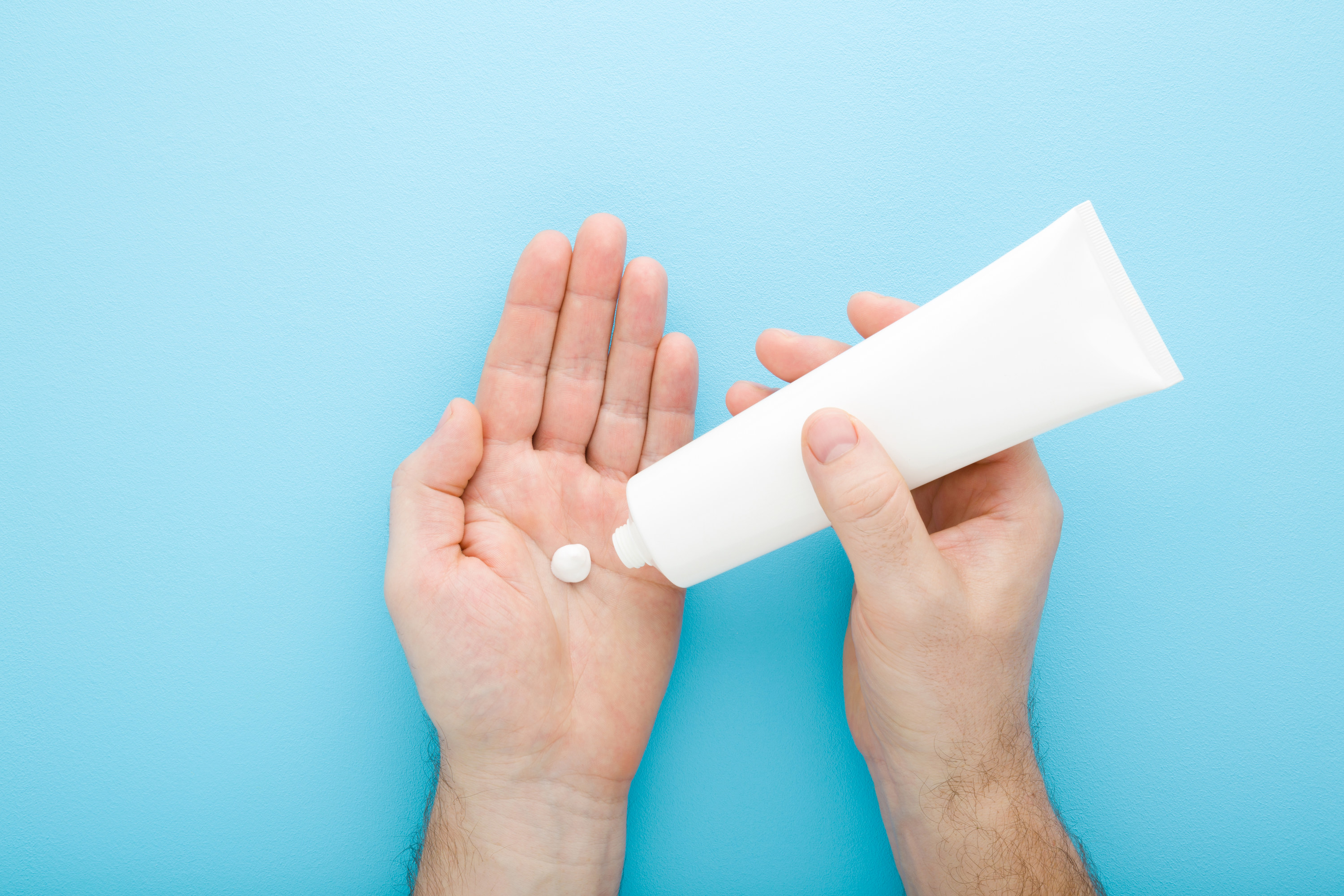
11. Another way to bring down irritation or redness in the affected area is by taking a colloidal oatmeal bath and applying calendula cream.
"Oats contain phenols with antioxidant and anti-inflammatory properties. Colloidal oatmeal can help soothe, cleanse, and moisturize the skin," Dr. Hsu said. "You can also apply calendula cream, which is natural and made from calendula flowers that helps soothe rashes."
12. Avoid hot showers or baths after removing hair.
"After hair removal, you should avoid hot showers or baths for the first 24 hours since it can aggravate any irritation and redness," Dr. Green said. "Hot water and steam will also open up your pores, which increases the risk of ingrown hairs."
13. Break a sweat before removing hair to prevent bumps from popping up.

14. You can use the same chemical exfoliant that you apply to your face on the area you just removed hair from.
"A chemical AHA exfoliating serum used on the face can also be used on the bikini area to keep skin hydrated while eating away at dead skin cells, keeping the follicle clear," Tami Blake said.
15. Avoid wearing anything tight in the area where the hair was removed.
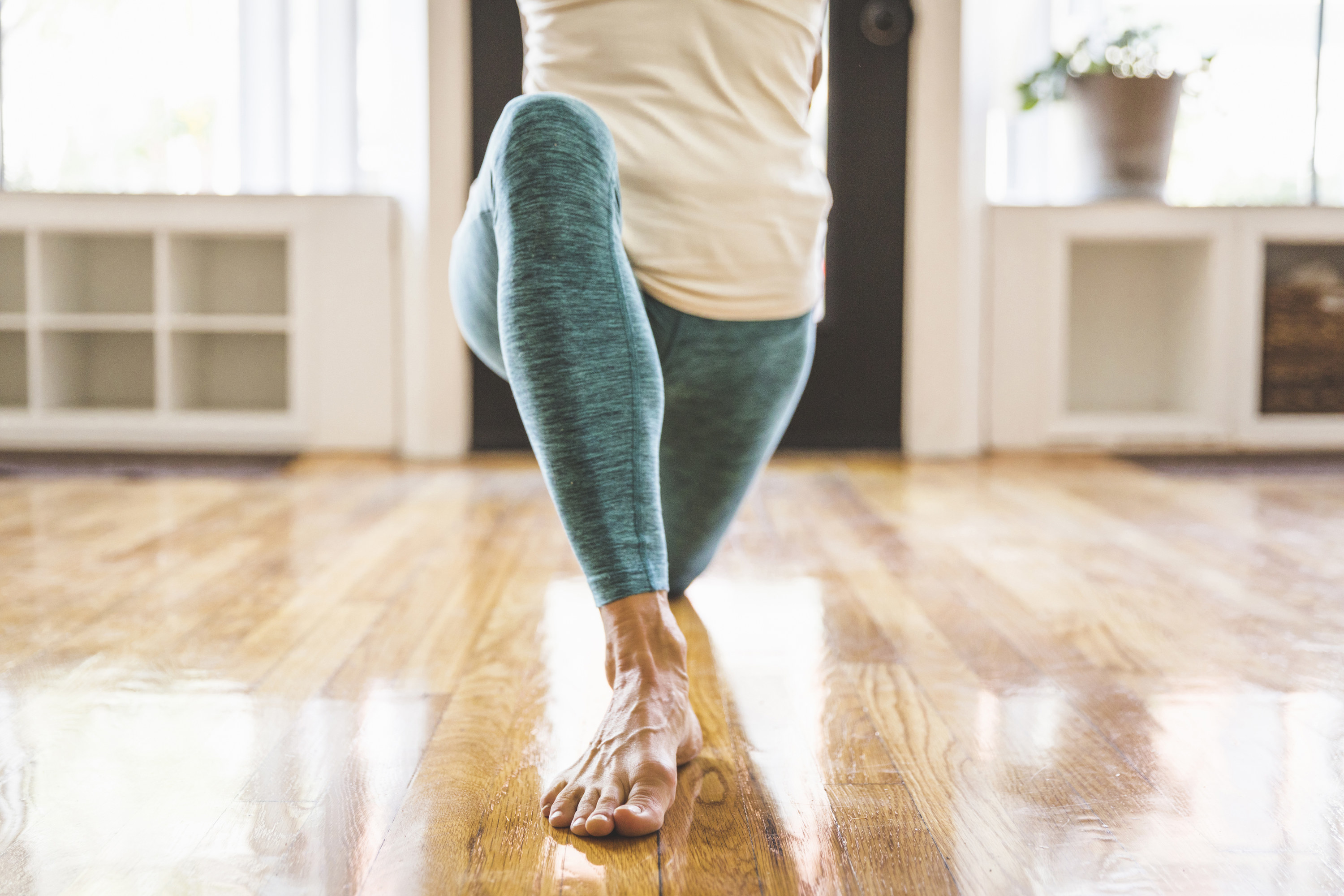
16. Try your best not to pick at ingrown hairs when you see them pop up.
Dr. Polla strongly advises people not to feel tempted to pick at ingrown hairs, because it can cause an infection and scarring. "The correct way to remove ingrown hairs safely is to call your doctor," he said.
"The likeliness that you will be able to sterilize a pair of tweezers correctly, disinfect the area adequately, and extract the ingrown hair by using a sterile needle without causing any further damage to the skin, all while avoiding all infection, is very low," Dr. Polla explained.
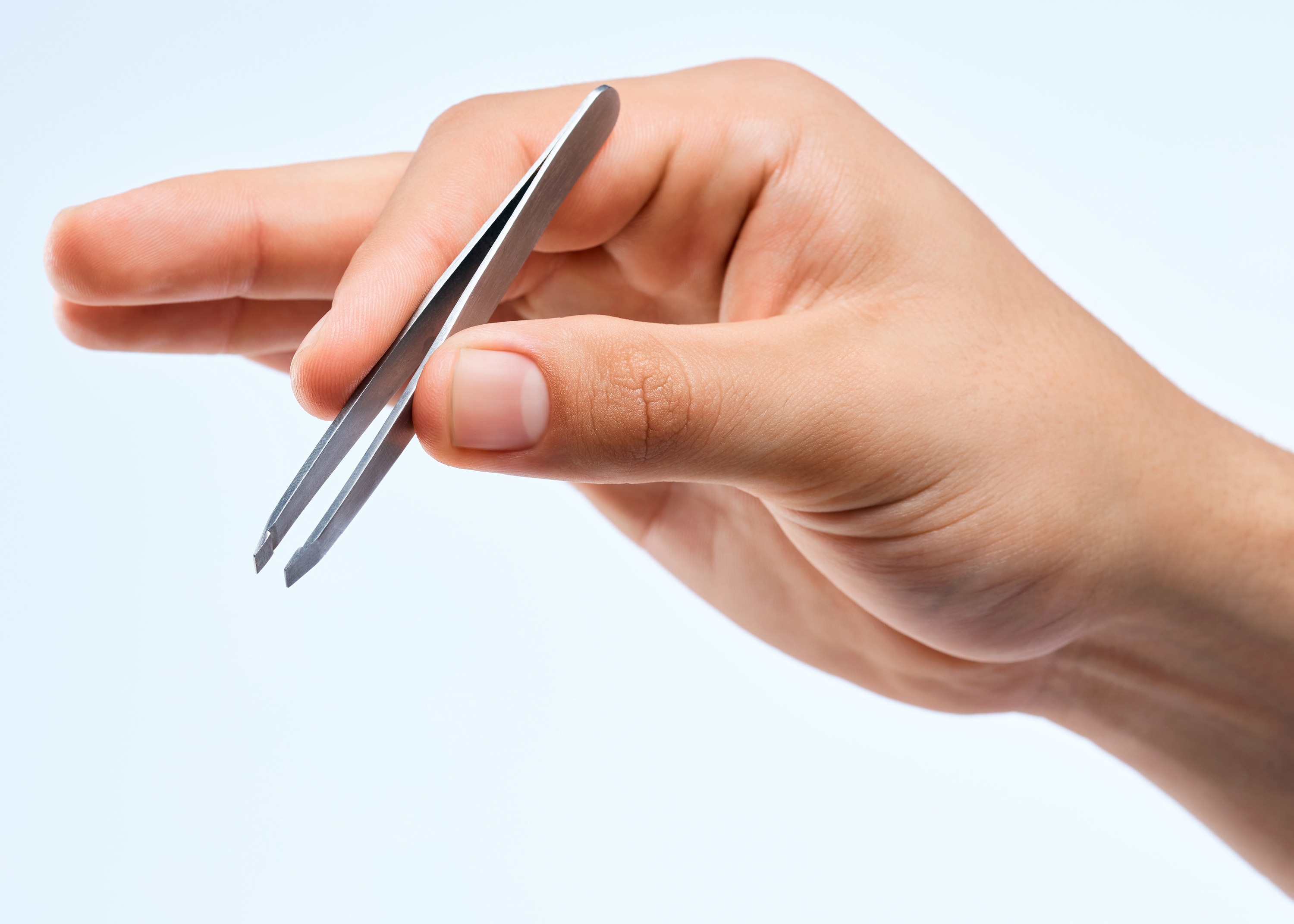
17. If your preferred method is waxing or sugaring, don't wait too long for your next appointment.
"Getting waxed or sugared every three weeks is optimal. It starves the hair from nutrients and weakens its integrity," said Tami.
18. In addition to these tips, here are product recommendations from some of the experts to use in between shaving, waxing, sugaring, or using hair removal creams.
Dr. Polla: To prevent ingrown hairs, look for products that provide hydrating and moisturizing properties such as glycerin, hyaluronic acid, and ceramides. Products that contain tea tree oil, glycolic acid, and salicylic acid are all also beneficial for preventing ingrowns. To prevent razor burn, look for products rich in aloe vera, vitamin E, shea butter, or calendula oil. To prevent irritation, look for products rich in panthenol, bisabolol, and allantoin.
Dr. Maragh: Some specific brands I recommend to clients to use after any form of hair removal are Tend Skin, Bump Patrol, Fur, Completely Bare, and Jack Black.
Tami Blake: I recommend a chemical AHA exfoliant, a healing balm, and an exfoliating body polish.
Dr. Green: I recommend the pureSCRUBS Dead Sea Salt Body Scrub. It's a great option to use before and after hair removal to prevent and heal ingrown hairs. It is infused with oils, vitamins, and nutrients and has a 4-in-1 formula that exfoliates, cleanses, nourishes, and moisturizes the skin.
Side note: I've been using the Fur oil Dr. Maragh recommended, and I've been loving it so far on my bikini line. I apply a few drops every night after showering.
19. If you have taken all of the preventative measures and are still getting pesky ingrown hairs after your hair removal method of choice, another option is laser hair removal.
"Laser hair removal is a long-lasting solution to ingrown hairs. Laser hair removal removes hair at a deeper level, damaging the hair follicle so it won't grow back (in most cases) and potentially get trapped under the skin, which causes ingrowns," Dr. Hsu said.
"Laser hair removal requires several treatments over the course of a few weeks and months, but the results are usually semi-permanent," he said.
